With today’s snow on Blue Monday only serving as a reminder that it’s cold outside, here are our top phrases and cultural tips to help you get through the Danish winter.
Jeg fryser!
If you’re new to Denmark and still getting to grips with the language, it’s worth bearing in mind that expressions relating to temperature are a little different from English.
Where you would be likely to say ‘I’m cold’ in English, the literal Danish translation of this, ‘jeg er kold’, makes little sense and will probably be understood to mean that you are saying you are emotionally cold. So it’s better to stick to the more emphatic ‘jeg fryser’ – ‘I’m freezing’ – which is probably more apt anyway, given the chilly winters.
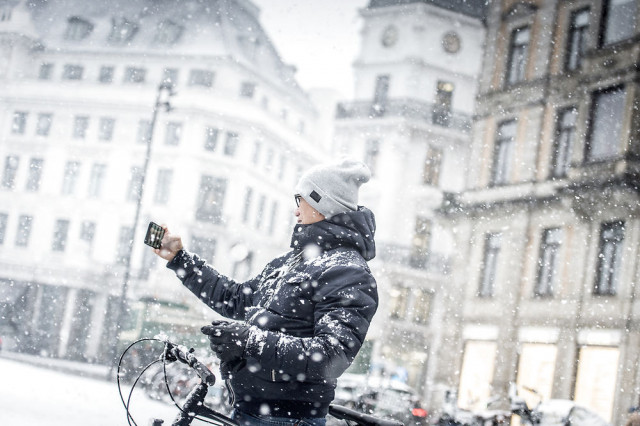
Photo: Mads Claus Rasmussen/Ritzau Scanpix
Skidekoldt
Common colloquial terms for cold weather draw, for some strange reason, on toilet humour: you can say it is ‘skidekoldt’ (‘shit-cold’) or ‘pissekoldt’ (piss-cold). Easy to remember if you want to complain about the sub-zero temperature, but perhaps less poetic than the English ‘freezing brass monkeys’.
Glatis
Glatis is the Danish word for the type of ice commonly found on paths, by kerbstones and on outside steps in freezing conditions. Similar to the English ‘black ice’, it is easy to miss and even easier to slip on.
It is also used in the expression ‘på glatis’ – to be in an uncertain situation.
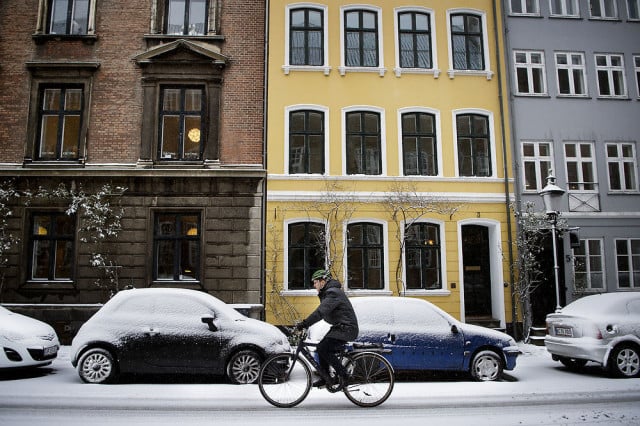
Photo:Liselotte Sabroe/Scanpix 2018
Using wintry ways of expression is all well and good, but much can also be learned from the methods employed by well-practised Danes to survive the cold months.
Forget about looking good
While Danes are famed for their sense of style, there’s also little reluctance to drop fashion and pile on the practical layers when the cold weather calls.
Waterproof and padded trousers, base layers, sturdy boots, woollen hats and thick gloves are all additions to your look that you won’t regret. Maybe you can find space for a flourish with a stylish scarf, as many Danes seem to be able to do.
Keep cycling
It might be tempting to lock your bike away and take the bus, metro or light rail, depending on where you are in the country. But most people don’t actually do this, even on days when a head-on snowfall provides a stinging rebuke as you pedal forwards. Perhaps this is because travelling by bicycle is so firmly established in the Danish mindset that it is not affected by the season.
In any case, bracing the outside by getting on your bike – with the aforementioned waterproof and cold weather gear and taking precautions for glatis – can help to keep you both warm and fit during winter.
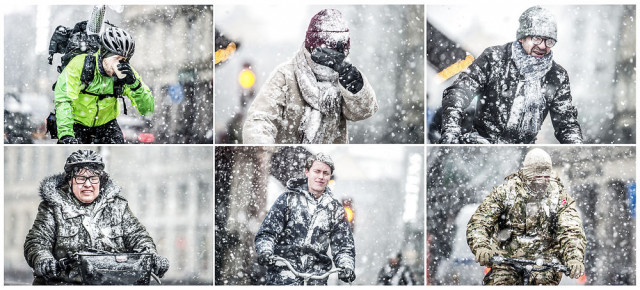
Photo: Mads Claus Rasmussen/Ritzau Scanpix
Use candles and coffee
Candles help with the deficient light and temperature, and coffee helps keep you warm and awake. There’s a sense of well-being and protection from the worst of the elements to be had from settling down at home or at a café and keeping out of the cold for a bit.
Remember it’s not forever
Sometimes the Danish winter can feel neverending – the cold persists well into March and in fact, some of the most biting days can seem to come right at the end of the season. This is exactly what happened last year, before a long, hot, glorious summer finally set in. The moral of the story? Summer is (eventually) coming!
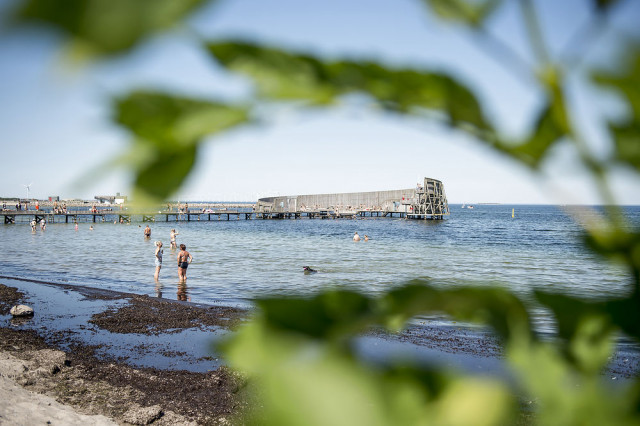
Photo: Mads Claus Rasmussen/Ritzau Scanpix
READ ALSO: Danish freeze set to continue this week, but more snow unlikely

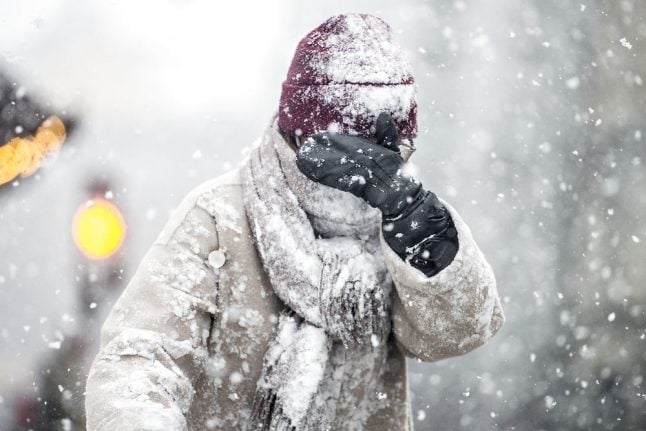

 Please whitelist us to continue reading.
Please whitelist us to continue reading.